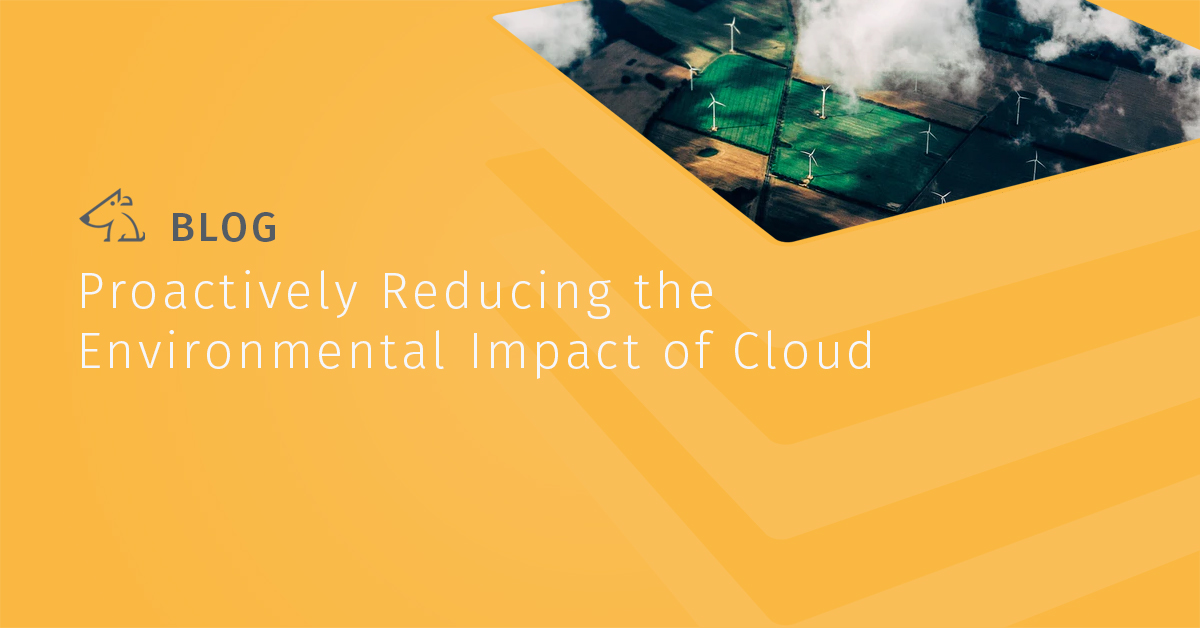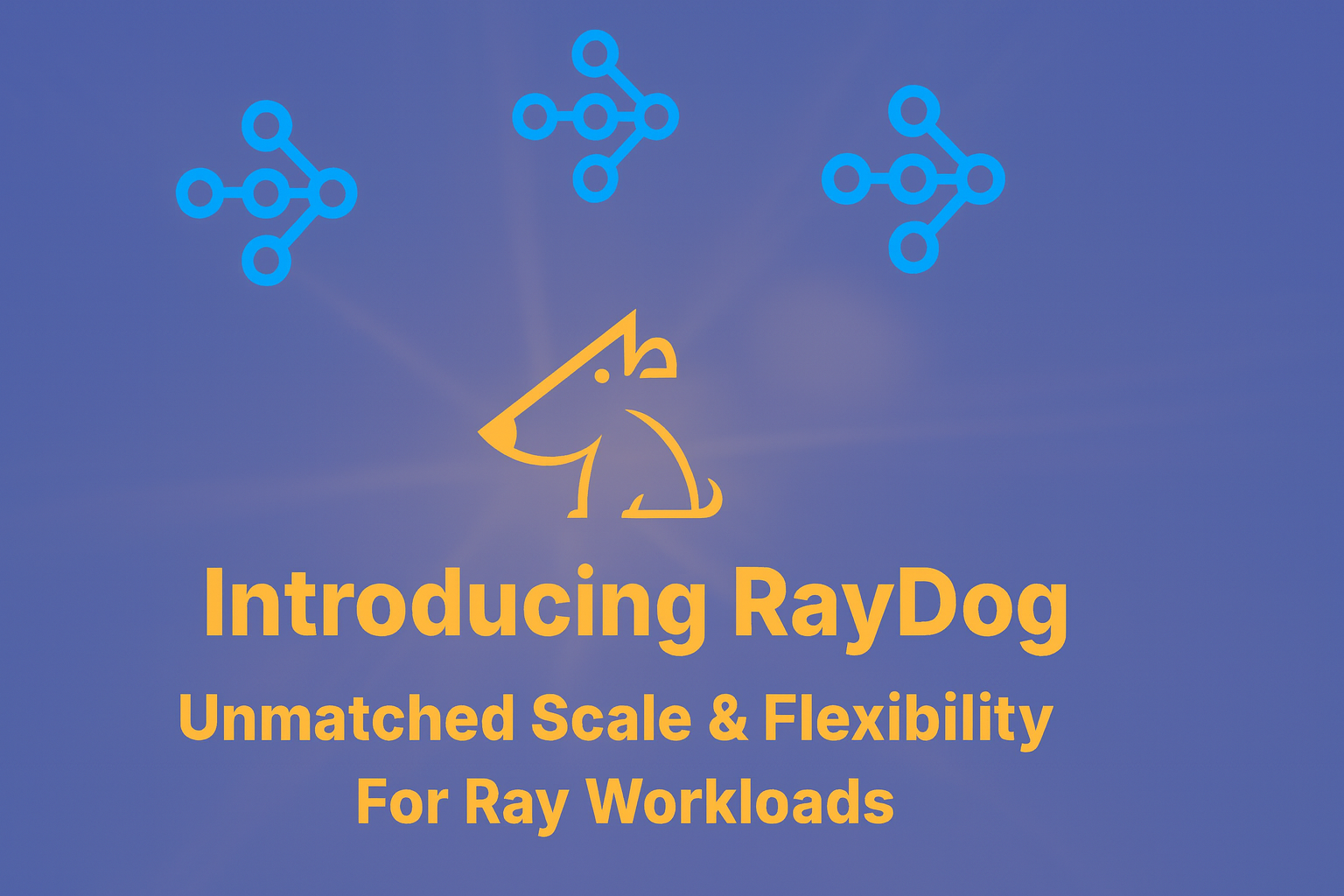In this blog, we look at the progress made by the cloud industry in reducing carbon emissions and the importance of incorporating environmental impact into infrastructure decisions.
The Progress Made by the Cloud Industry
While there are concerns over the long-term environmental impact of cloud computing, there have been considerable signs of improvement in recent years. The progress has been aided by the growing efforts of the three leading cloud providers, who have put policies in place to offset and reduce their contributions to the climate crisis. Although there is a significant way to go, it is encouraging to see initiatives of this nature in motion.
The largest cloud provider, AWS have committed to running their infrastructure using 100% renewable energy and have so far invested in 59 wind and solar projects, 68 on-site solar systems and 127 global renewable energy projects. Microsoft have developed their own Sustainability Calculator, to help businesses analyse the carbon emissions of the Azure services they use, and they have also committed to powering their data centres by 100% renewable energy by 2025. As for Google, they’ve matched 100% of their electricity consumption with renewable energy purchases since 2017 and by 2030 they aim to completely operate on clean energy 24/7, across every region.


